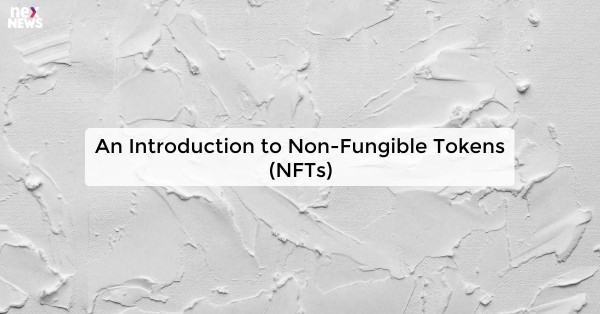What Are NFTs?
Non-fungible tokens, commonly known as NFTs, are unique digital assets that are stored on a blockchain. Unlike cryptocurrencies such as Bitcoin or Ethereum, NFTs are indivisible and cannot be exchanged on a one-to-one basis. Each NFT possesses distinct characteristics and ownership information, making it distinguishable from other tokens.
These digital tokens have gained significant popularity in the art and entertainment industries, providing creators with a new way to monetize and protect their work. NFTs leverage blockchain technology to establish verifiable ownership, enabling buyers to hold exclusive rights to a particular piece of digital content. The non-interchangeable nature of NFTs adds an element of scarcity and value, contributing to the appeal of collecting these unique assets.
Understanding the Concept of Ownership in NFTs
Ownership in the world of Non-Fungible Tokens (NFTs) operates on the premise of digital scarcity, where one-of-a-kind digital assets can be owned, bought, and sold. Unlike traditional digital files that can be easily duplicated or replicated, NFTs are unique and indivisible, making them valuable to collectors and investors. This concept of ownership is enforced by blockchain technology, ensuring the authenticity and provenance of each NFT.
The ownership of an NFT is represented by a digital certificate of authenticity stored on a blockchain, providing a secure and transparent record of ownership. This digital ledger ensures that the provenance and transaction history of an NFT can be traced back to its original creator, offering a level of trust and security not found in traditional digital assets. With ownership of an NFT, individuals have the right to transfer, sell, or display their digital asset as they see fit, giving them a sense of exclusivity and control over their unique digital property.
The Technology Behind NFTs
NFTs are based on blockchain technology, a decentralized system that ensures the uniqueness and authenticity of each digital asset. Blockchain technology provides a secure and transparent way to record ownership and transactions of NFTs. By utilizing smart contracts, NFT creators can encode specific details about their digital assets, such as ownership rights, royalties, and provenance, directly into the blockchain.
The Ethereum blockchain is the most common platform for creating NFTs, thanks to its support for smart contracts and ability to store complex data. This blockchain enables creators to mint NFTs by creating a unique token that represents a specific digital asset. Each NFT is associated with a digital signature that proves its authenticity and ownership. Through the use of Ethereum's ERC-721 and ERC-1155 token standards, creators can customize their NFTs and define their characteristics, such as limited editions, unlockable content, and transferability.
Different Types of NFTs
In the realm of Non-Fungible Tokens (NFTs), there exists a diverse array of categories that cater to various interests and preferences. Art NFTs are one of the most prominent types, encompassing digital artworks, illustrations, and animations that are tokenized on blockchain platforms. These NFTs allow creators to authenticate and sell their digital art in a unique and secure manner.
Moreover, Collectibles NFTs are another popular category, which includes virtual trading cards, in-game items, and limited edition digital assets. These NFTs tap into the nostalgia of physical collectibles while offering a modern and innovative twist in the digital space. Collectors can buy, sell, and trade these unique virtual items with verified ownership and scarcity, adding a new dimension to the world of collecting.
How NFTs Are Created
Creating NFTs involves a process that requires digital artists or creators to mint their unique creations on a blockchain. This minting process involves converting a digital file, such as an image or video, into a token on the blockchain. To do this, creators often use specialized platforms that support the creation and sale of NFTs, such as OpenSea or Rarible. These platforms guide creators through the necessary steps to mint their digital assets and make them available for purchase as NFTs.
Once the digital asset is minted as an NFT, it is given a unique token ID that distinguishes it from all other tokens on the blockchain. This token ID is what provides the digital asset with its authenticity and scarcity, making it a one-of-a-kind item in the digital space. Additionally, creators can add metadata to their NFTs, including details about the artwork, its creation process, and other relevant information that enhances the value and uniqueness of the NFT.
